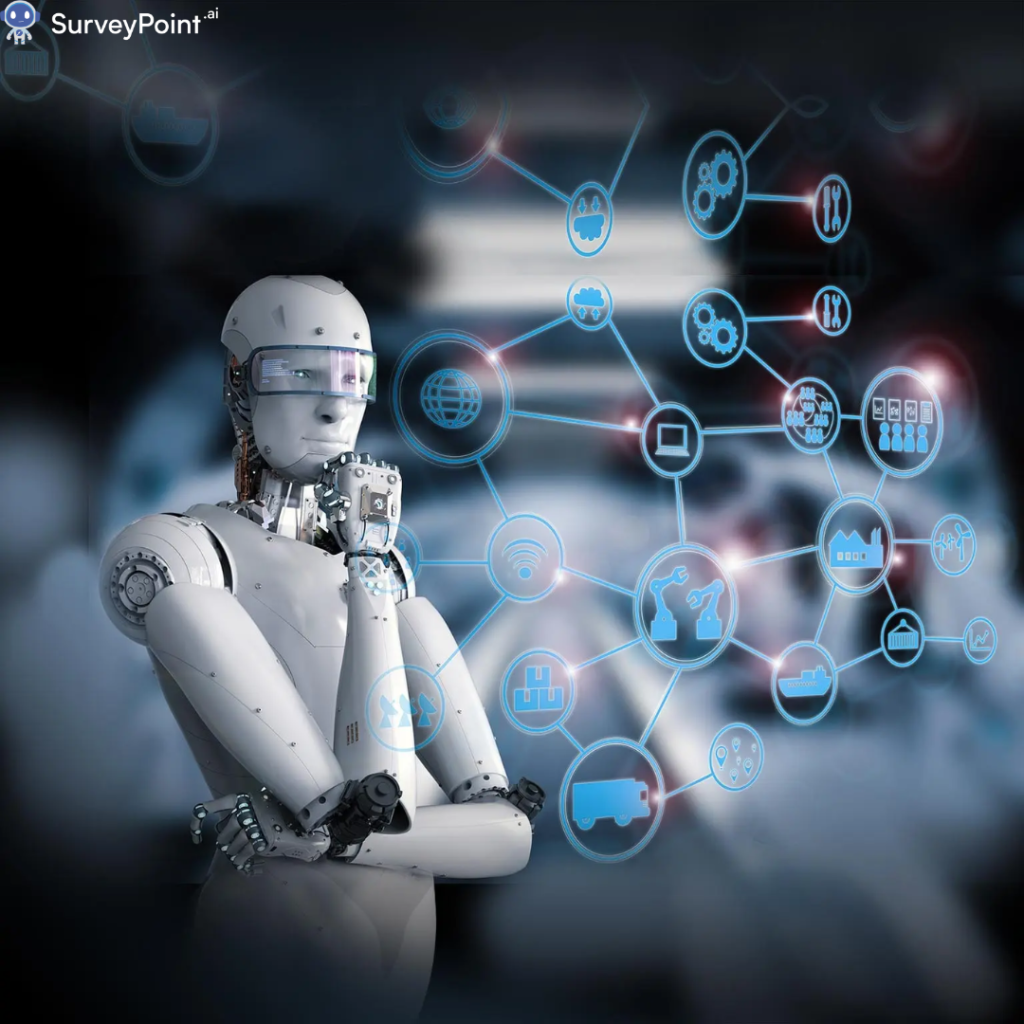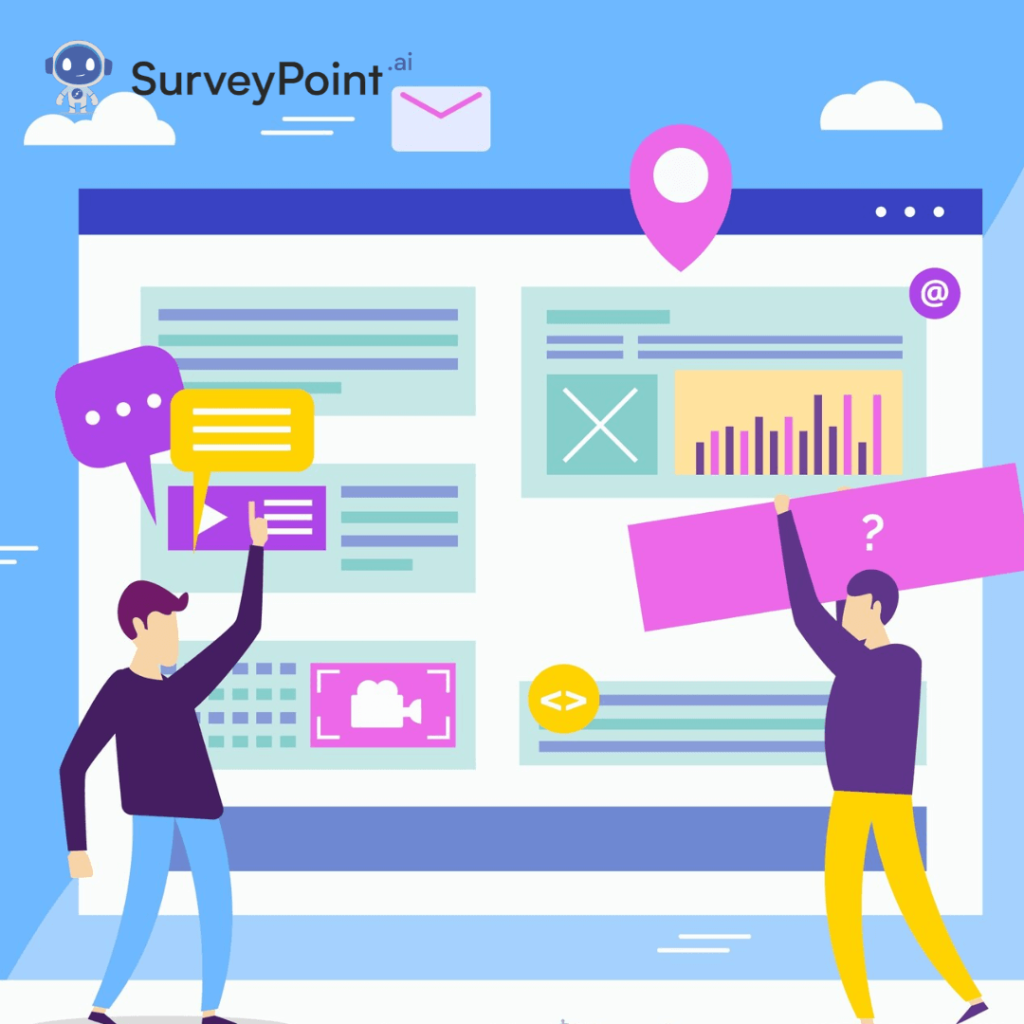
Artificial Intelligence (AI) is evolving at a breakneck speed, transforming industries and redefining the boundaries of technology. From healthcare and finance to entertainment and education, AI’s impact is being felt across every sector. As we step into 2024, several exciting trends in AI are set to shape the future of how we live and work.
In this blog, we’ll explore the latest developments in AI, highlighting key trends that will dominate in the coming years.
1. Generative AI Taking the Lead
One of the most exciting developments in AI is the rise of generative AI, systems that can create new content—be it text, images, music, or even code. OpenAI’s ChatGPT, Google’s Bard, and MidJourney have already showcased the power of these models.
Generative AI is moving beyond content creation and into practical applications across industries. In 2024, expect more advanced AI models assisting with creative problem-solving, designing products, and automating more complex tasks in fields like architecture, video game development, and marketing.
Key areas where generative AI will expand:
- Product Design: AI-generated designs in fashion, architecture, and industrial sectors.
- Content Creation: More immersive and tailored content for entertainment, marketing, and media.
- Healthcare: AI-generated synthetic data for better medical research and drug discovery.
2. AI Ethics and Responsible AI Development
With the rise of AI, concerns over ethical usage, data privacy, and accountability have come to the forefront. AI models can perpetuate biases, invade privacy, or be used for malicious purposes (e.g., deepfakes). In 2024, AI ethics will become a core focus, and companies will invest in ensuring responsible AI development.
Governments and regulatory bodies are also stepping in, drafting new policies to manage AI’s impact. Organizations will increasingly be held accountable for transparency in AI algorithms, fairness in decision-making processes, and maintaining data privacy standards.
Key developments to expect:
- Stricter AI regulations across industries like healthcare, finance, and law enforcement.
- Bias mitigation techniques embedded into AI training to ensure fairness.
- Greater transparency in AI models and their decision-making processes, often referred to as “explainable AI.”
3. AI in Healthcare: Precision and Personalization
AI’s role in healthcare is rapidly expanding, with new trends like precision medicine and AI-powered diagnostics gaining traction. AI tools are increasingly being used to analyze medical data, predict patient outcomes, and suggest personalized treatment plans based on genetic information, lifestyle, and other factors.
In 2024, AI will enable:
- AI-driven drug discovery: Faster development of new drugs by analyzing vast amounts of biological data.
- AI-powered diagnostics: Enhanced tools to detect diseases like cancer, Alzheimer’s, or heart disease at an early stage.
- Robotics in surgery: More advanced surgical robots that assist surgeons with greater precision and fewer risks.
4. AI and Edge Computing: Real-Time Intelligence
As IoT devices proliferate and generate vast amounts of data, there’s an increasing need for AI at the edge—that is, processing data locally, near the source, rather than relying on cloud infrastructure. In 2024, edge AI will enable faster, more reliable, and secure real-time decision-making.
Key benefits of AI at the edge:
- Lower latency: Real-time processing means decisions can be made instantly, which is critical in industries like autonomous driving and robotics.
- Improved privacy: By processing data locally, AI at the edge reduces the risk of sensitive information being sent to the cloud.
- Efficiency: AI algorithms running on edge devices will reduce bandwidth costs and improve energy efficiency.
5. AI in Autonomous Systems: Beyond Self-Driving Cars
While autonomous vehicles have been a popular application of AI, 2024 will see autonomous systems extend to drones, robotics, and logistics. AI-powered drones will revolutionize industries like agriculture, construction, and surveillance, while robots will take on more complex tasks in warehouses, manufacturing plants, and even homes.
Autonomous systems trends to watch:
- Drone deliveries: AI-powered drones for last-mile delivery in e-commerce and logistics.
- Autonomous robots in factories: Optimizing production lines and performing dangerous tasks.
- Home automation: AI-driven smart home systems that predict user behavior and automate daily tasks.
6. AI-Augmented Creativity
Creative industries are embracing AI like never before. In 2024, we’ll see AI increasingly becoming a collaborator for human creativity. From assisting in music composition to generating complex visual effects, AI-augmented creativity will redefine content creation.
How AI will augment creativity:
- Art and Design: AI tools for designers and artists to quickly prototype or generate intricate patterns.
- Film and Gaming: AI-generated special effects, background music, and even plotlines in movies and video games.
- Marketing and Advertising: AI will create hyper-personalized campaigns based on real-time user data.
7. Natural Language Processing (NLP) and Conversational AI
Natural language processing has made significant strides in recent years, but 2024 will be the year of truly conversational AI. We will see more advanced chatbots and virtual assistants that understand context better, handle more complex interactions, and provide more human-like responses.
NLP trends for 2024:
- Multimodal AI: Combining text, voice, and visual inputs to create more interactive experiences.
- Domain-Specific AI: Chatbots tailored to specific industries like healthcare, banking, and customer service, providing more accurate responses and reducing human intervention.
- Emotionally intelligent AI: Systems that can detect emotional cues and adjust responses to reflect empathy or humor.
8. AI in Climate Change and Sustainability
As the world grapples with climate change, AI is increasingly being employed to help develop solutions. From predictive models that forecast extreme weather events to optimizing energy usage, AI is playing a pivotal role in sustainability efforts.
AI-powered sustainability initiatives include:
- Energy management: AI optimizing energy grids, reducing wastage, and improving the efficiency of renewable energy sources.
- Climate modeling: AI enhancing the accuracy of climate predictions to help policymakers make better decisions.
- Agriculture: AI-driven precision farming techniques reducing water usage and improving crop yields, all while minimizing the environmental impact.
Conclusion: AI in 2024 and Beyond
As AI continues to advance, it’s clear that its influence will only grow across industries and applications. Generative AI, autonomous systems, edge computing, and AI ethics are just some of the trends poised to shape the near future.
While there are challenges—such as addressing biases, ensuring data privacy, and building trust in AI—there is no doubt that these innovations will open up new possibilities for businesses and individuals alike. For those keeping an eye on AI in 2024, it’s an exciting time to witness the next leap forward in technology. For more information checkout- surveypoint.ai




